Select an Orthopaedic Specialty and Learn More
Use our specialty filter and search function to find information about specific orthopaedic conditions, treatments, anatomy, and more, quickly and easily.
GET THE HURT! APP FOR FREE INJURY ADVICE IN MINUTES
Shoreline Orthopaedics and the HURT! app have partnered to give you virtual access to a network of orthopaedic specialists, ready to offer guidance for injuries and ongoing bone or joint problems, 24/7/365.
Browse Specialties
-
- Minimally Invasive Surgery (Arthroscopy)
Arthroscopy (Minimally Invasive Surgery)
Arthroscopy is a minimally invasive surgical procedure used by orthopaedic surgeons to visualize, diagnose, and treat problems inside the joint. Because it requires only tiny incisions, arthroscopy can be performed without a major, invasive operation and many procedures can be done on an outpatient basis.
More Info -
- Fractures, Sprains & Strains
- Knee
- Ligament Disorders
- Sports Medicine
Combined Knee Ligament Injuries
Because the knee joint relies just on ligaments and surrounding muscles for stability, it is easily injured. Direct contact to the knee or hard muscle contraction, such as changing direction rapidly while running, can injure a knee ligament. It is possible to injure two or more ligaments at the same time. Multiple injuries can have serious complications, such as disrupting blood supply to the leg or affecting nerves that supply the limb’s muscles.
More Info -
- Fractures, Sprains & Strains
- Muscle Disorders
- Sports Medicine
Hamstring Injuries
A hamstring muscle injury can be a pull, a partial tear, or a complete tear. Occurring frequently in athletes, these injuries are especially common for participants in sports that require sprinting, such as track, soccer or basketball. Most hamstring injuries occur in the thick part of the muscle or where the muscle fibers join tendon fibers.
More Info -
- Hip
- Joint Disorders
- Minimally Invasive Surgery (Arthroscopy)
Hip Arthroscopy
Arthroscopy is a minimally invasive surgical procedure used by orthopedic surgeons to visualize, diagnose and treat a wide range of problems inside the joint. During hip arthroscopy, a small camera (arthroscope) is inserted into the hip joint and images from inside the hip are displayed on a video monitor.
More Info -
- Neck and Back (Spine)
- Pediatric Injuries
- Physical Medicine & Rehabilitation (PM&R)
Kyphosis (Roundback) of the Spine
The term kyphosis is used to describe the spinal curve that results in an abnormally rounded back. Although some degree of rounded curvature of the spine is normal, a kyphotic curve that is more than 50° is considered abnormal. There are several types and causes of kyphosis: postural kyphosis, Scheuermann’s kyphosis, and congenital kyphosis.
More Info -
- Fractures, Sprains & Strains
- Neck and Back (Spine)
- Physical Medicine & Rehabilitation (PM&R)
Osteoporosis & Spinal Fractures
When too much pressure is placed on a vertebra weakened by osteoporosis, the patient may suffer a vertebral compression fracture. Fractures caused by osteoporosis often occur in the spine. Vertebrae weakened by osteoporosis are at high risk for fracture.
More Info -
- Joint Disorders
- Joint Replacement & Revision
- Knee
Partial Knee Replacement
Unicompartmental (or partial) knee replacement is an option for a small percentage of patients with osteoarthritis of the knee that is limited to a single compartment of the knee. During this procedure, only the damaged compartment is replaced with metal and plastic, while the healthy cartilage and bone in the rest of the knee is left alone.
More Info -
- Joint Disorders
- Shoulder
- Sports Medicine
SLAP Tear
A SLAP (Superior Labrum Anterior and Posterior) tear is an injury to the top (or superior) part of the labrum. SLAP tears can be the result of acute trauma, or repetitive overhead sports, such as throwing athletes or weightlifters, have an increased risk of injury to the superior labrum. Many SLAP tears are the result of a wearing down of the labrum that occurs slowly over time.
More Info










